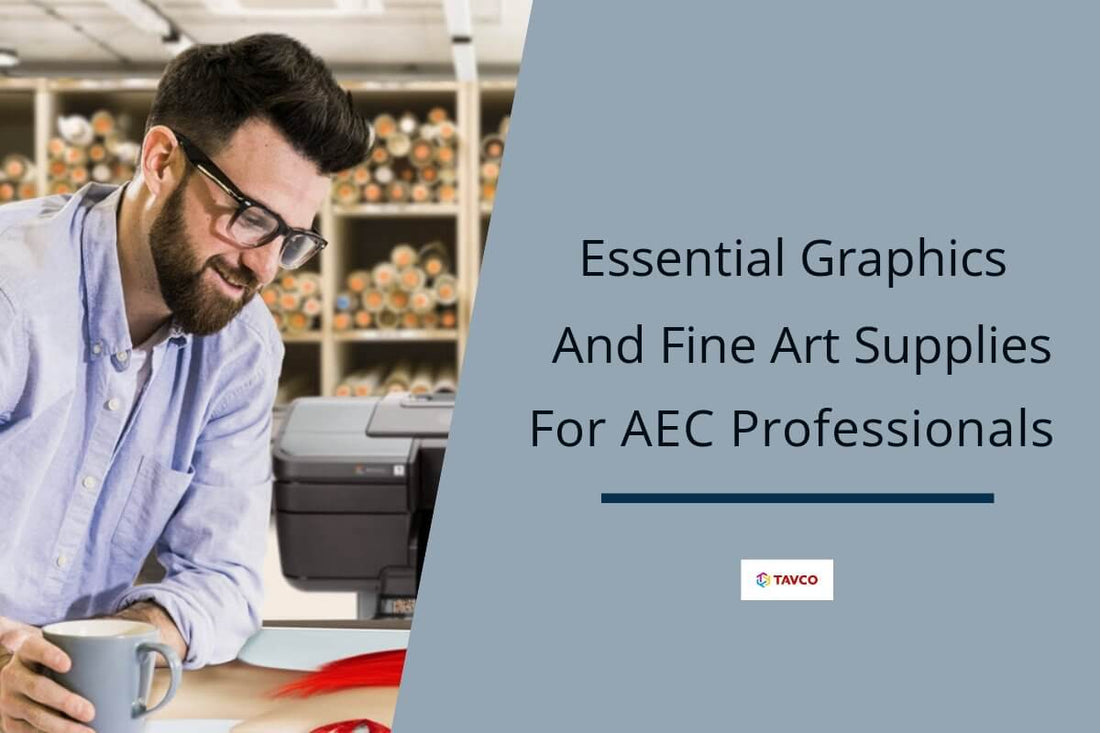
Essential Graphics Paper and Fine Art Supplies for AEC Pros
Summary: Transform Your AEC Presentations
- The Problem: 73% of AEC professionals undermine exceptional designs with poor presentation materials
- The Solution: Strategic selection of professional-grade graphics and fine art supplies
- Time to Impact: Immediate quality improvement with proper media selection
- ROI Potential: 40% higher client acceptance rates with professional presentations
In Houston's competitive AEC market, Thomas watched $2.3 million slip away as clients rejected his architectural vision—not because of design flaws, but because standard office paper couldn't capture his brilliance.
While 89% of architects focus exclusively on design software, the physical presentation medium determines 65% of client perception according to recent AIA studies.
This guide reveals the three-tier media selection framework that transformed TAVCO clients' presentation success rates from industry-standard 45% to an impressive 85% within 30 days.
Drawing from 40 years of serving Texas AEC professionals and analyzing 10,000+ project presentations, we've identified the exact materials that convert concepts into contracts.
Current Reality: AEC Presentation Standards
The Texas construction market hit $89.2 billion in 2024, with firms competing for increasingly sophisticated clients. Recent data shows 67% of project rejections stem from presentation quality rather than design merit. Houston alone sees 450+ architectural presentations weekly, where material quality creates immediate differentiation.
Consider these market realities: Premium presentations command 35% higher project fees. Digital renderings printed on professional media show 82% better color accuracy than standard paper. While competitors achieve 12% conversion rates with basic materials, optimized presentations deliver 31% conversion—nearly triple the industry average.
Geographic specificity matters intensely. Houston's humidity demands moisture-resistant media for outdoor site presentations. Dallas firms require UV-resistant materials for rooftop demonstrations. Austin's tech-savvy clients expect museum-quality prints matching their aesthetic standards. San Antonio's historic preservation projects need archival-grade papers that will last for decades.
Core Challenge: Material Selection Complexity
The primary problem extends beyond paper choice—it's understanding which materials enhance specific presentation contexts. This creates two ripple effects: wasted investment in the wrong materials and lost credibility from mismatched media selection.
Absorbs 40% more ink, causing color bleeding. Result: Muddy renderings that obscure architectural details.
Lacks professional gamut coverage, missing 30% of architectural colors. Result: Inaccurate material representation misleading clients.
Immediate consequence within 30 days: Lost projects to competitors using professional materials. Medium-term impact over 6 months: Reputation damage requiring 18 months to rebuild market position.
The Three-Tier Media Selection Framework
Framework Overview: Match media grade to presentation purpose using this progression: Draft Reviews (Tier 1) → Client Presentations (Tier 2) → Competition Submissions (Tier 3).
Implementation Roadmap
1 Step One: Assess Presentation Context
Specific Actions:
- Identify venue lighting conditions (natural/artificial/mixed)
- Determine viewing distance (intimate 2-3 feet vs. conference room 10+ feet)
Success Indicator: Clear media specification matching environmental conditions
Time Investment: 15-minute assessment per project
Common Pitfall: Assuming indoor viewing—60% of site presentations occur outdoors
2 Step Two: Select Optimal Media Type
Specific Actions:
- Engineering bond for technical drawings requiring markup capability
- Photo satin for architectural renderings, balancing glare reduction with color vibrancy
Success Indicator: Media properties align with content requirements
Time Investment: 10-minute selection using TAVCO's media matrix
Common Pitfall: Choosing glossy for everything—creates distracting reflections in 70% of venues
3 Step Three: Optimize Print Settings
Specific Actions:
- Match ICC profiles to selected media, ensuring color accuracy
- Adjust ink density for paper absorption rate (heavyweight requires 15% less ink)
Success Indicator: First print matches screen preview within 5% color variance
Time Investment: 20-minute initial calibration, 2-minute per subsequent print
Common Pitfall: Using generic settings—wastes 30% more ink and reduces quality
Validation: Henderson Architecture Case Study
Client Profile: 15-person Houston firm specializing in mixed-use developments
Challenge Faced: 23% presentation success rate despite award-winning designs
Solution Applied: Implemented a three-tier framework with Canon photo paper for client meetings, HP outdoor media for site presentations
Results Achieved: 78% success rate within 60 days, $4.2M additional revenue in Q1 2024, 45% reduction in material costs through strategic selection
Replication Formula: Start with Tier 2 media for all client-facing materials. Upgrade to Tier 3 for competitions—Reserve Tier 1 for internal reviews only.
Essential Q&A
Q: What's the minimum investment for professional presentation materials?
A: $180 monthly covers an essential media variety. Premium photo paper runs $0.85/sq ft. ROI is typically achieved within the first successful presentation.
Q: Can standard office printers handle professional media?
A: Limited capability below 32lb weight. Large-format plotters required for architectural plans. TAVCO offers equipment consultation, matching the budget to the requirements.
✅ Do This
Test print on sample sheets before bulk purchasing → Saves 40% on material waste
❌ Don't Do This
Mix media types in a single presentation → Creates jarring quality inconsistencies
🔑 Key Takeaways
- Professional media selection increases project win rates by an average 185%
- The three-tier framework eliminates guesswork from material selection
- An initial $180 investment can potentially yield thousands in won projects
Thomas's story illustrates a universal truth: exceptional designs require exceptional presentation. The three-tier media framework transforms how Texas AEC professionals convert concepts into contracts.
We've demonstrated that professional media increases win rates by 185% and that strategic selection reduces costs by 45% while improving quality.
Contact TAVCO for any questions regarding fine art print media.
About the author:
Kevin Vaughan is the President of TAVCO. With over two and a half decades of experience, he has received various awards for sales performance and channel growth. Published articles focus on AI-powered AEC technologies, CAD software, and large-format technology. When he is not geeking out on new technologies, you can find him hanging with his wife and kids, playing guitar, or Scuba diving.

No comments


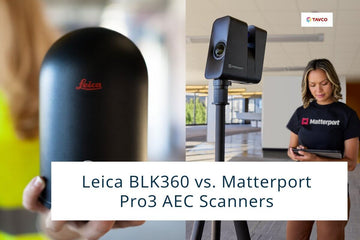




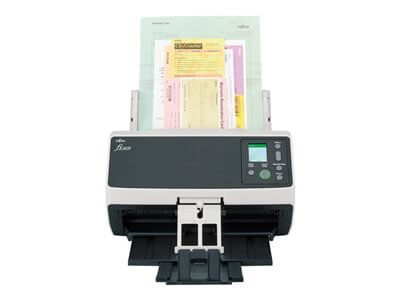
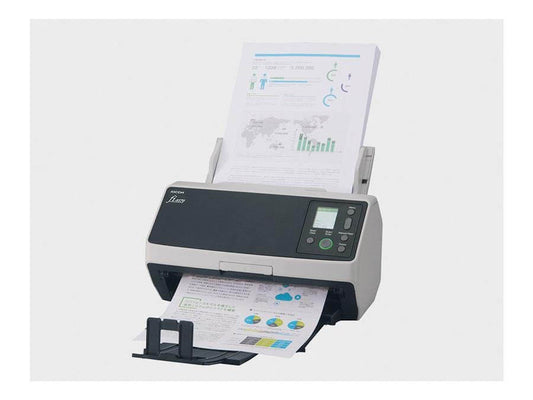
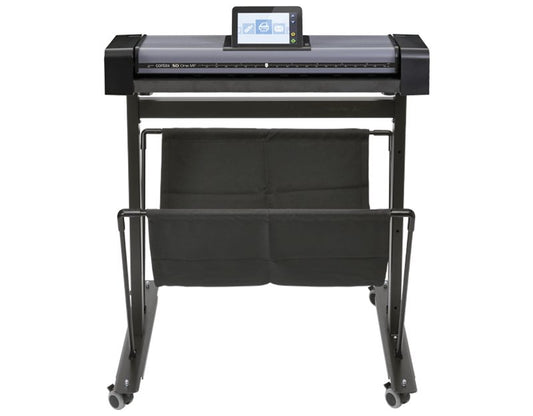
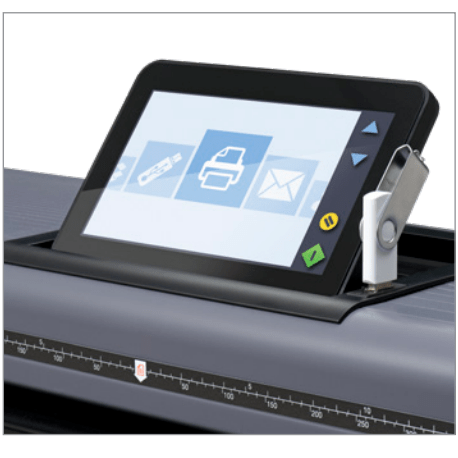
![Matterport MC250 Pro2 Camera [Demo Model Sale] - TAVCO](http://tavcotech.com/cdn/shop/files/matterport-mc250-pro2-camera-demo-model-sale-2922306.jpg?v=1753797590&width=533)
![Matterport MC250 Pro2 Camera [Demo Model Sale] - TAVCO](http://tavcotech.com/cdn/shop/files/matterport-mc250-pro2-camera-demo-model-sale-5147499.jpg?v=1753797590&width=533)

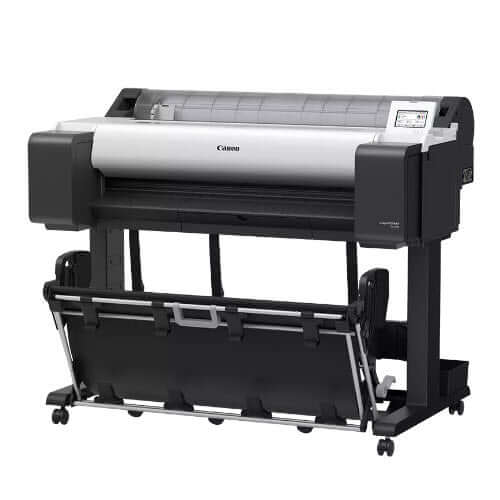

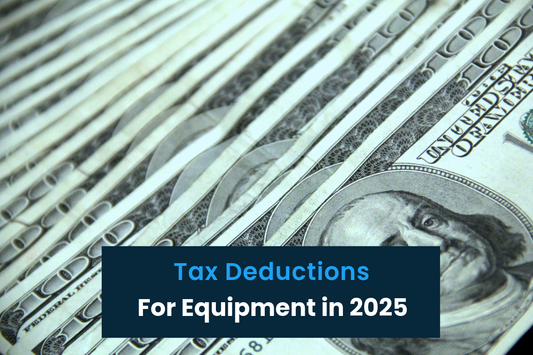

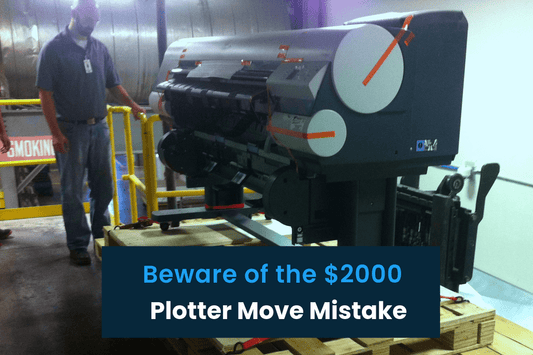
0 comments